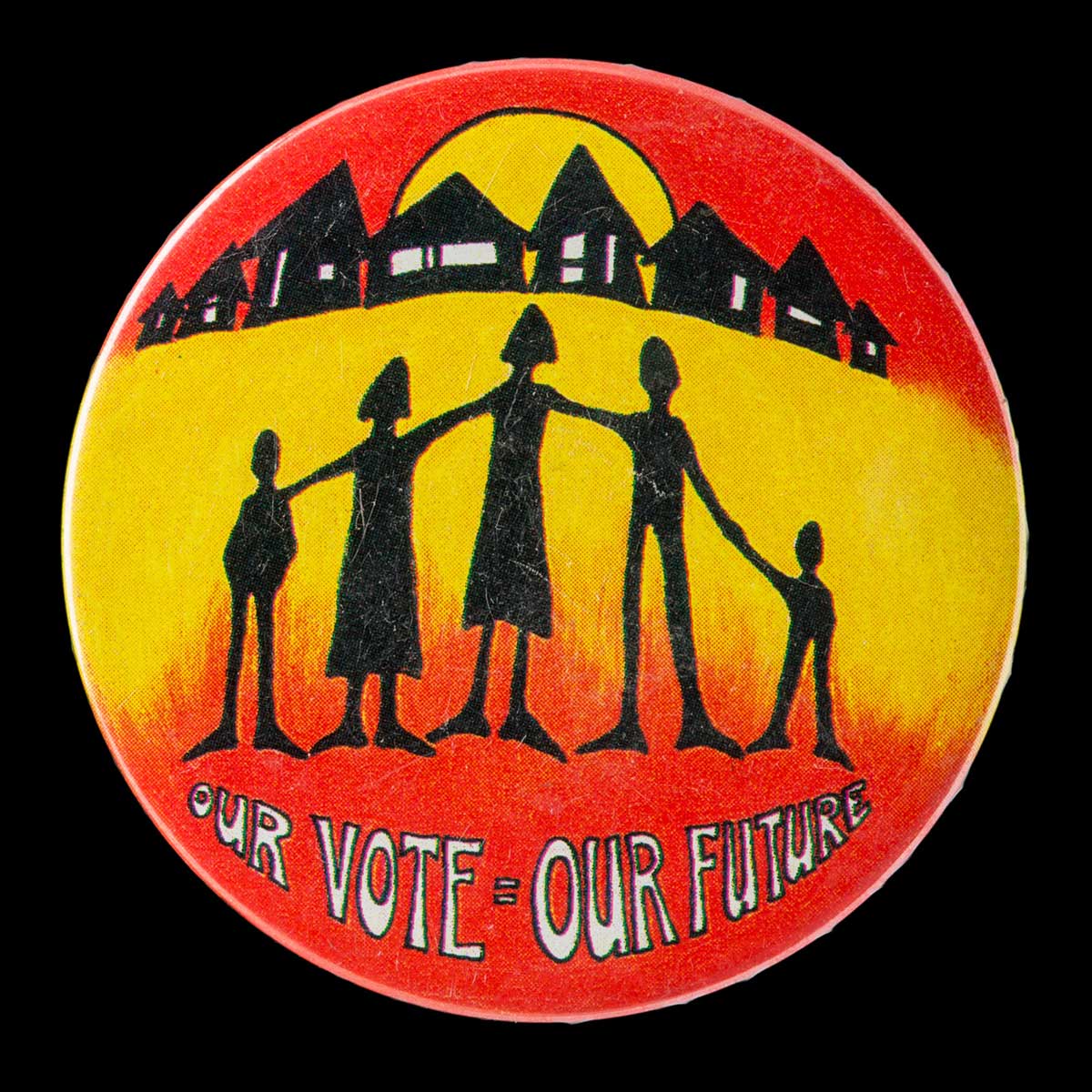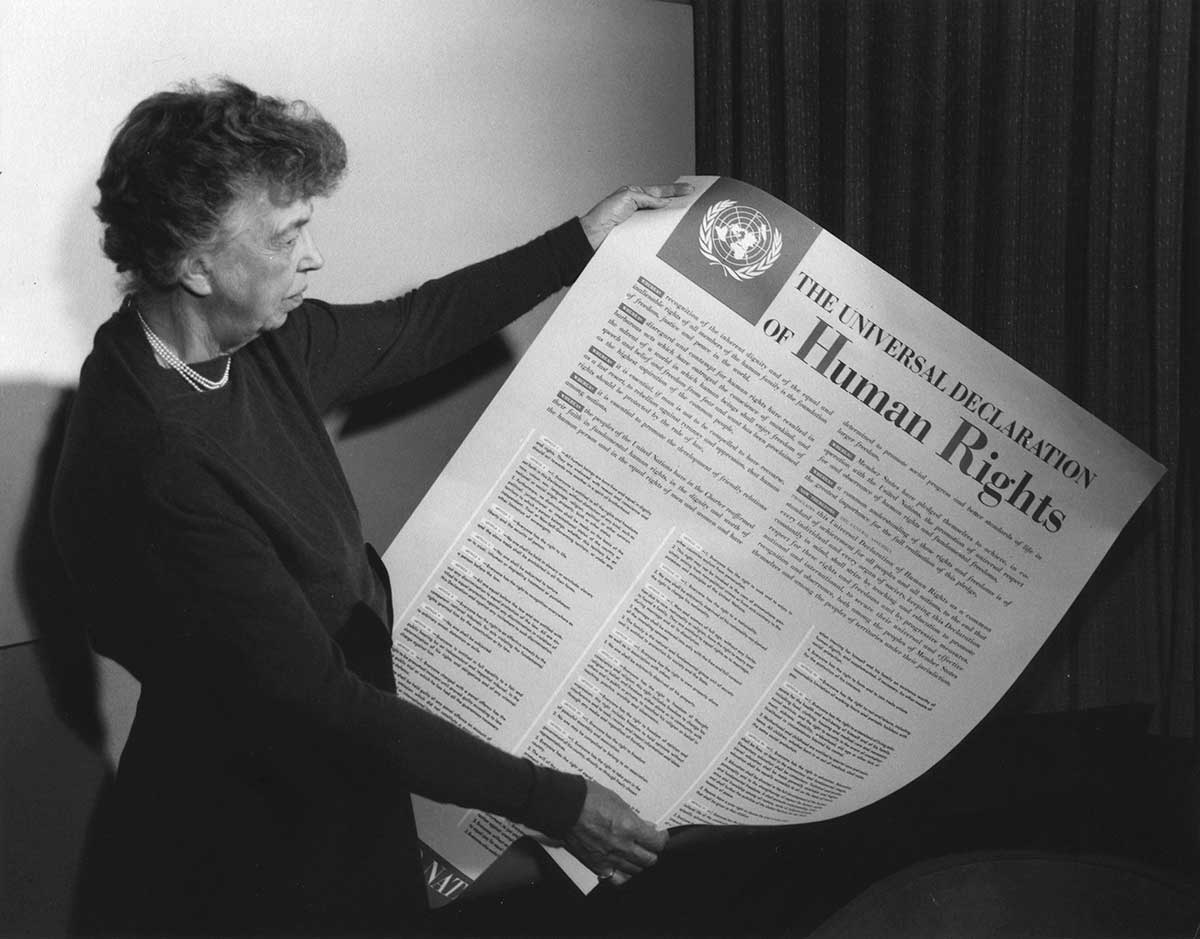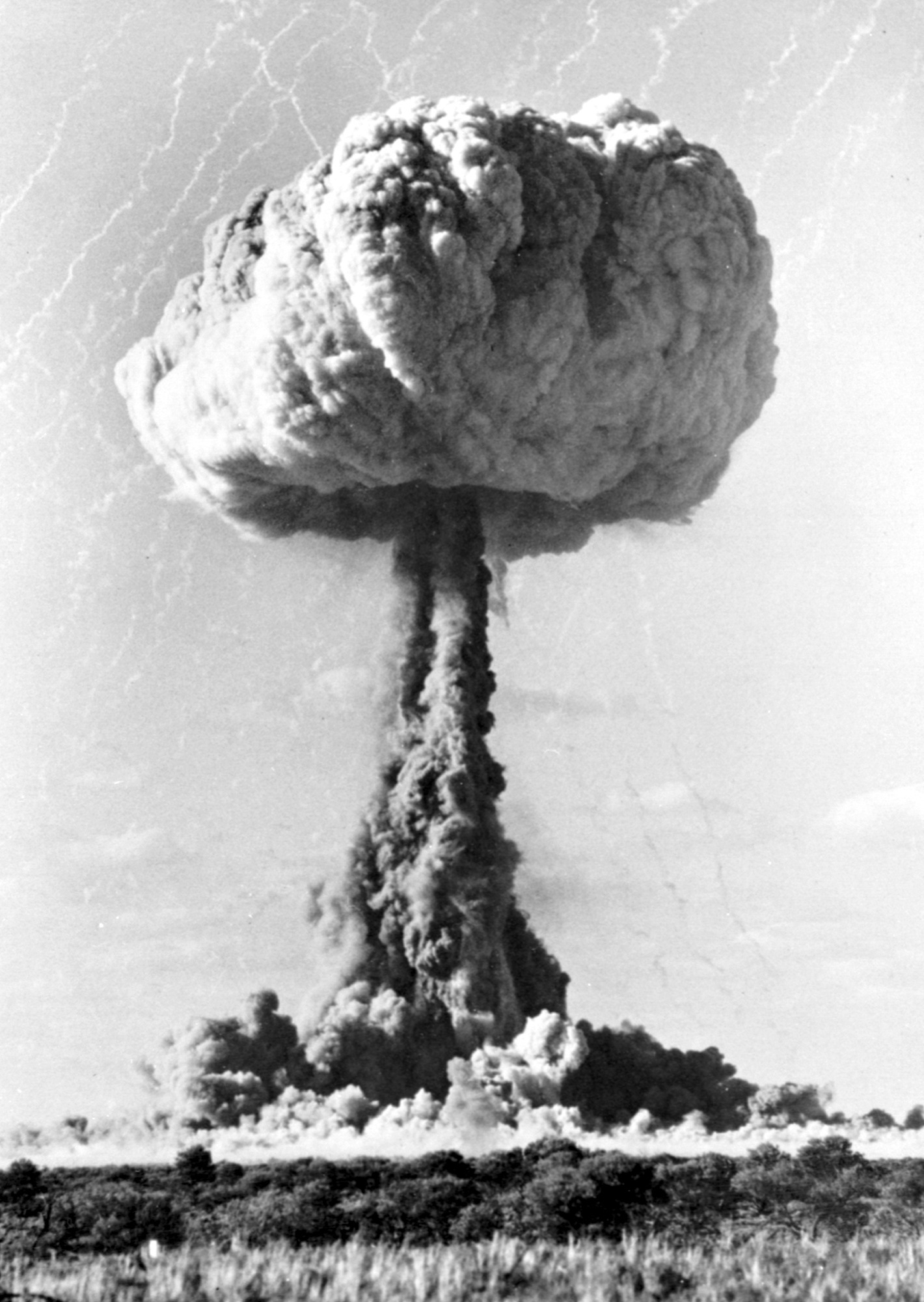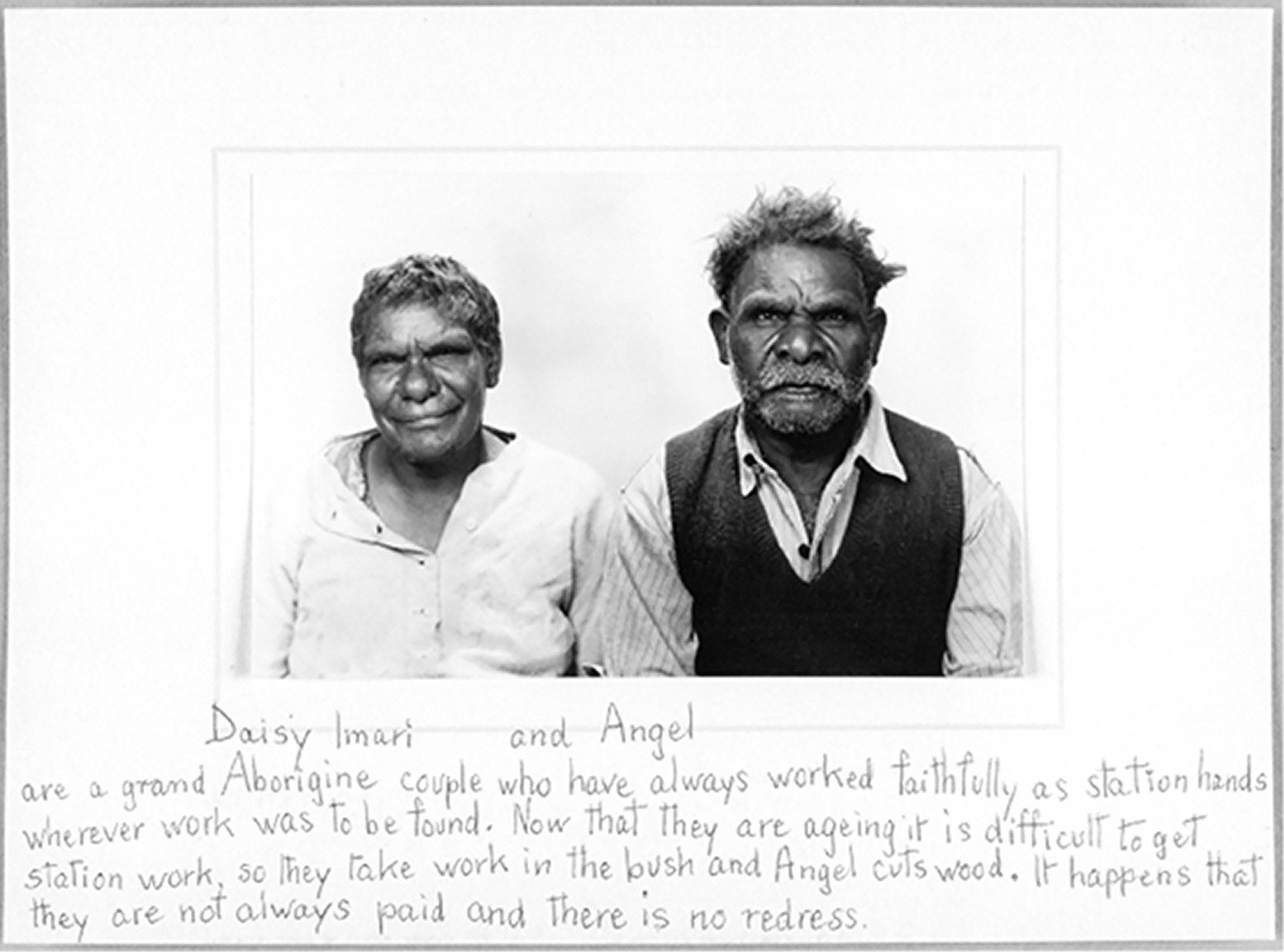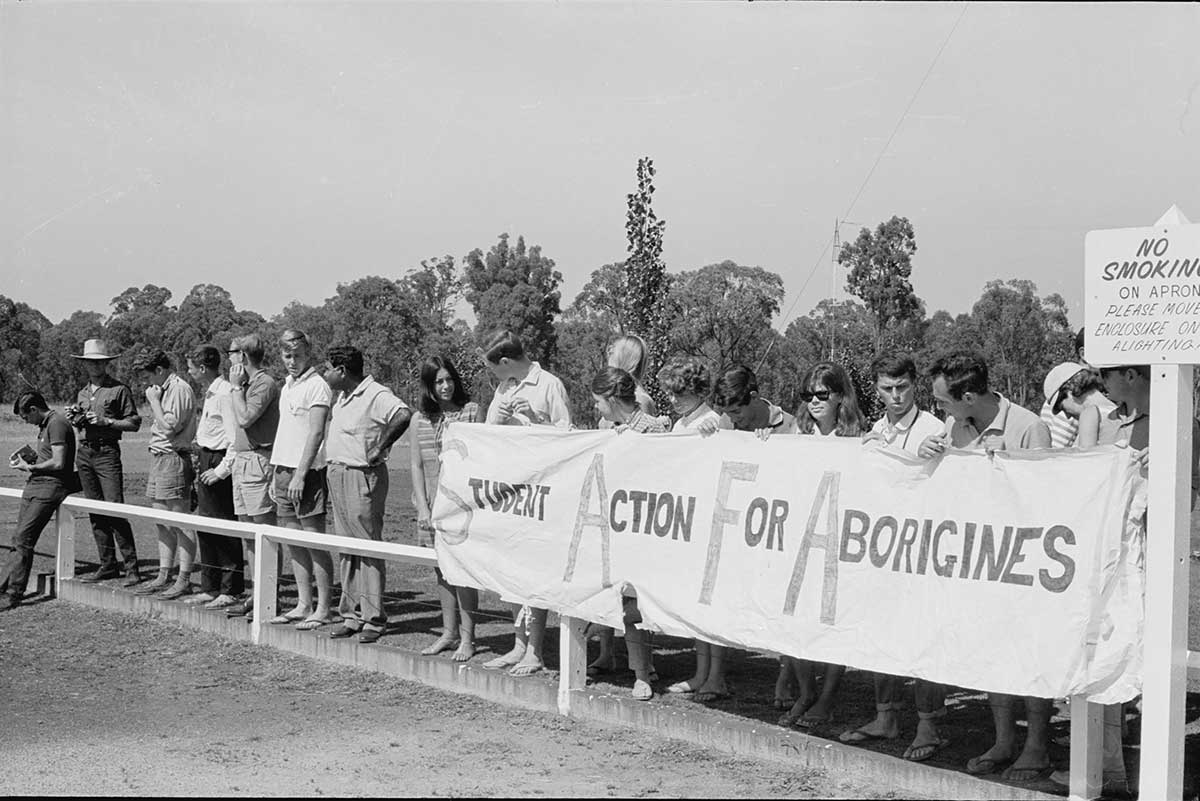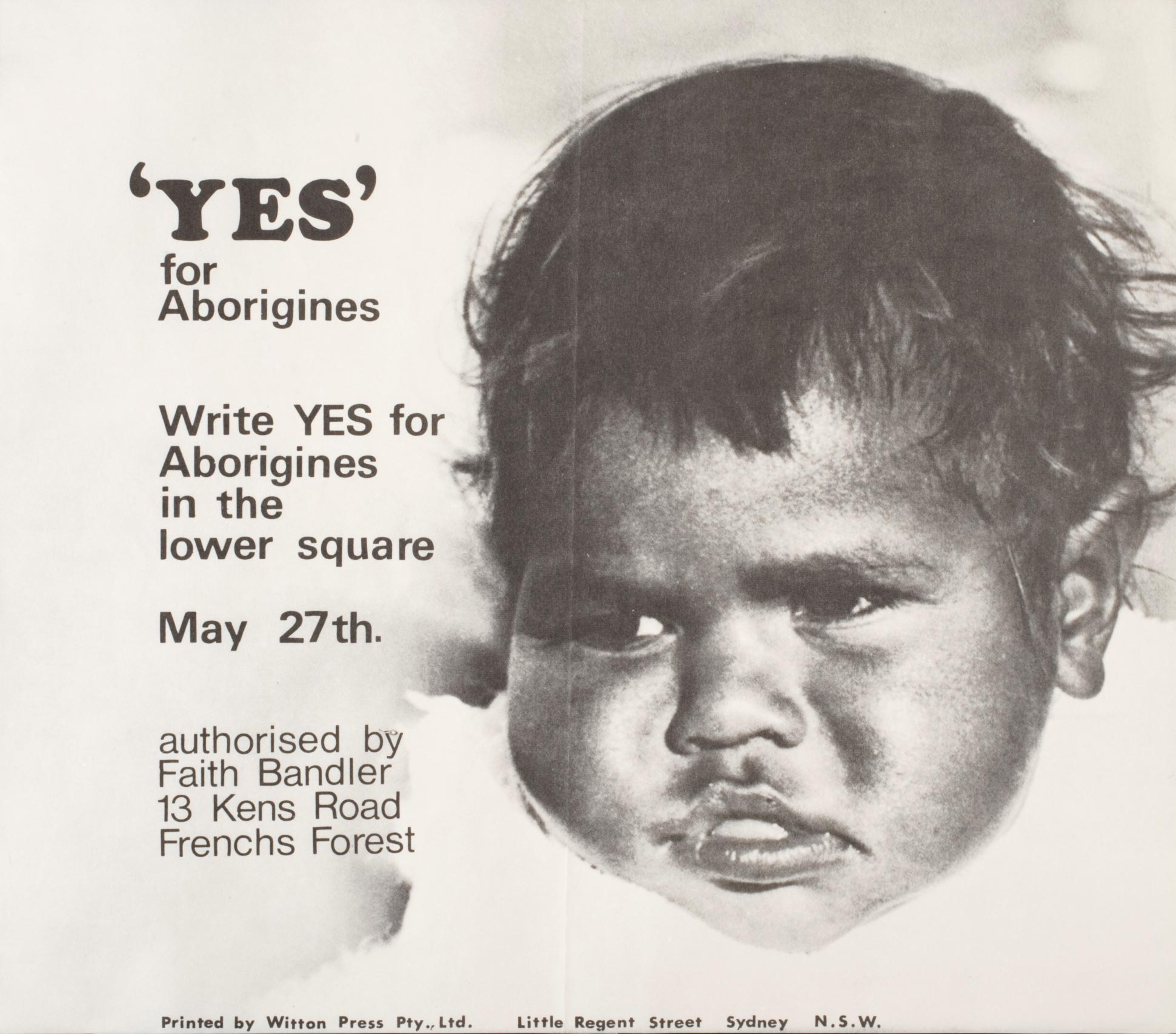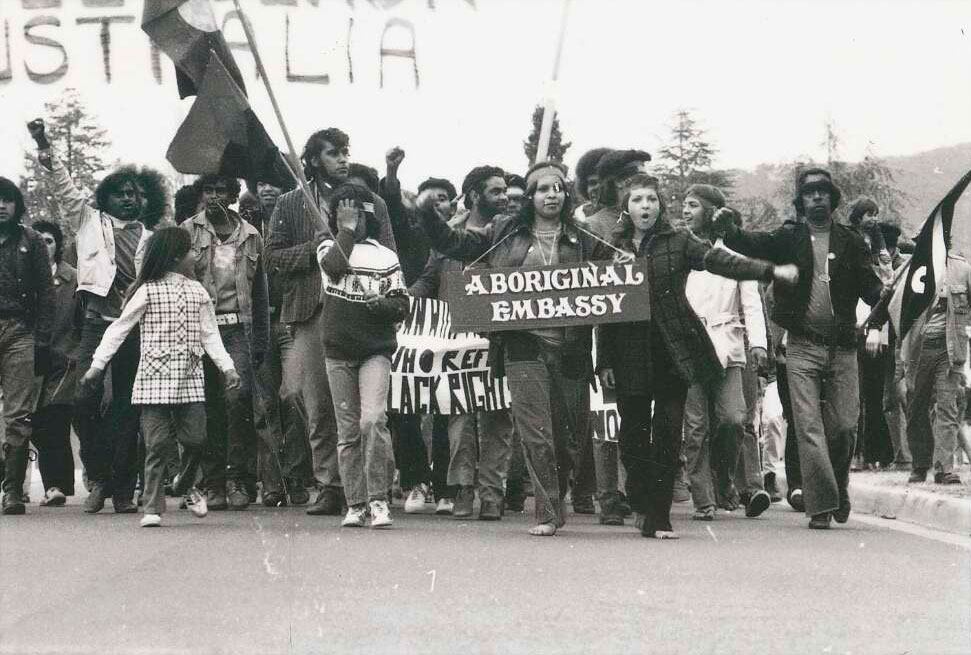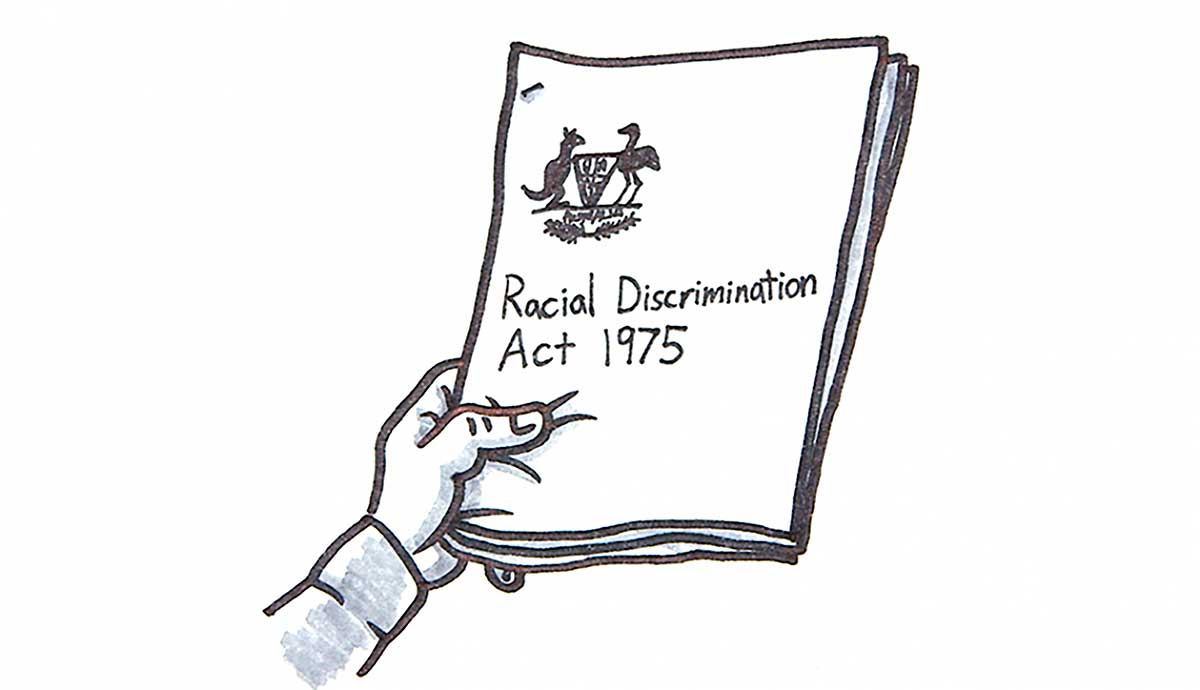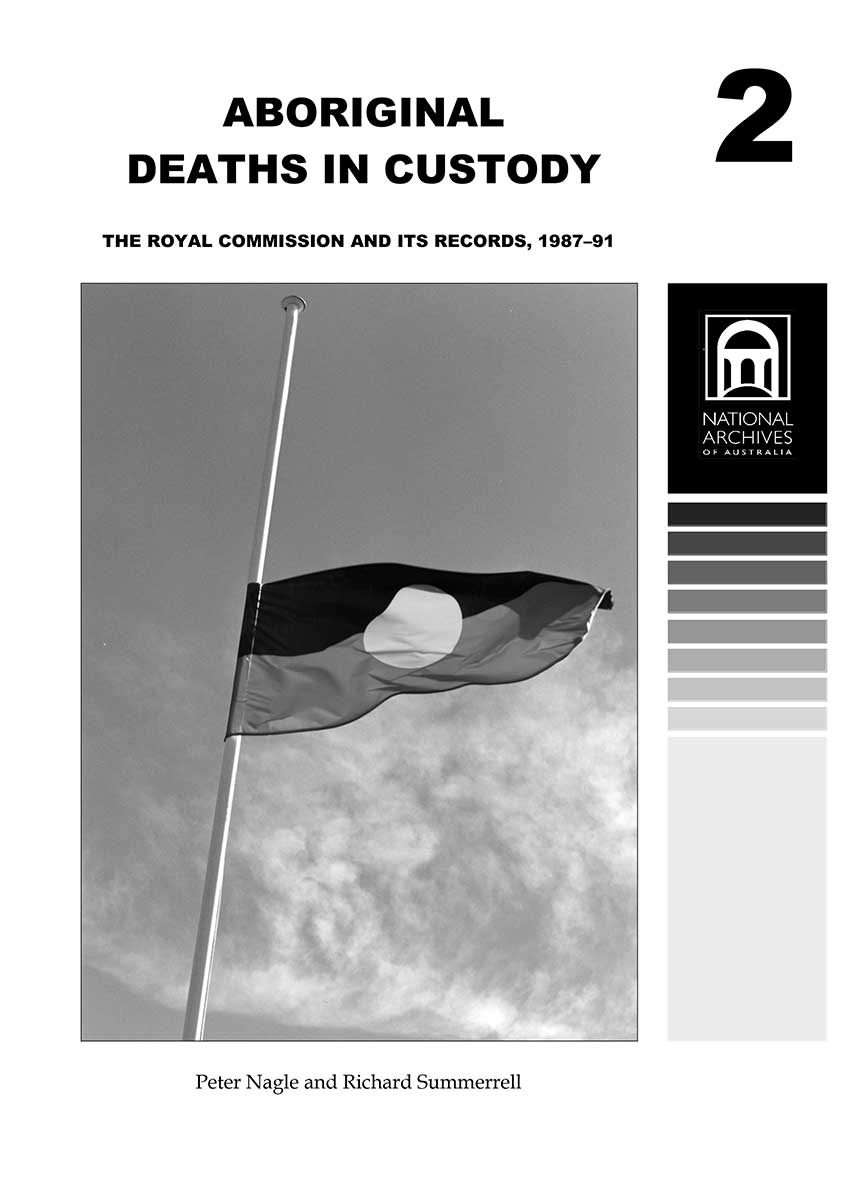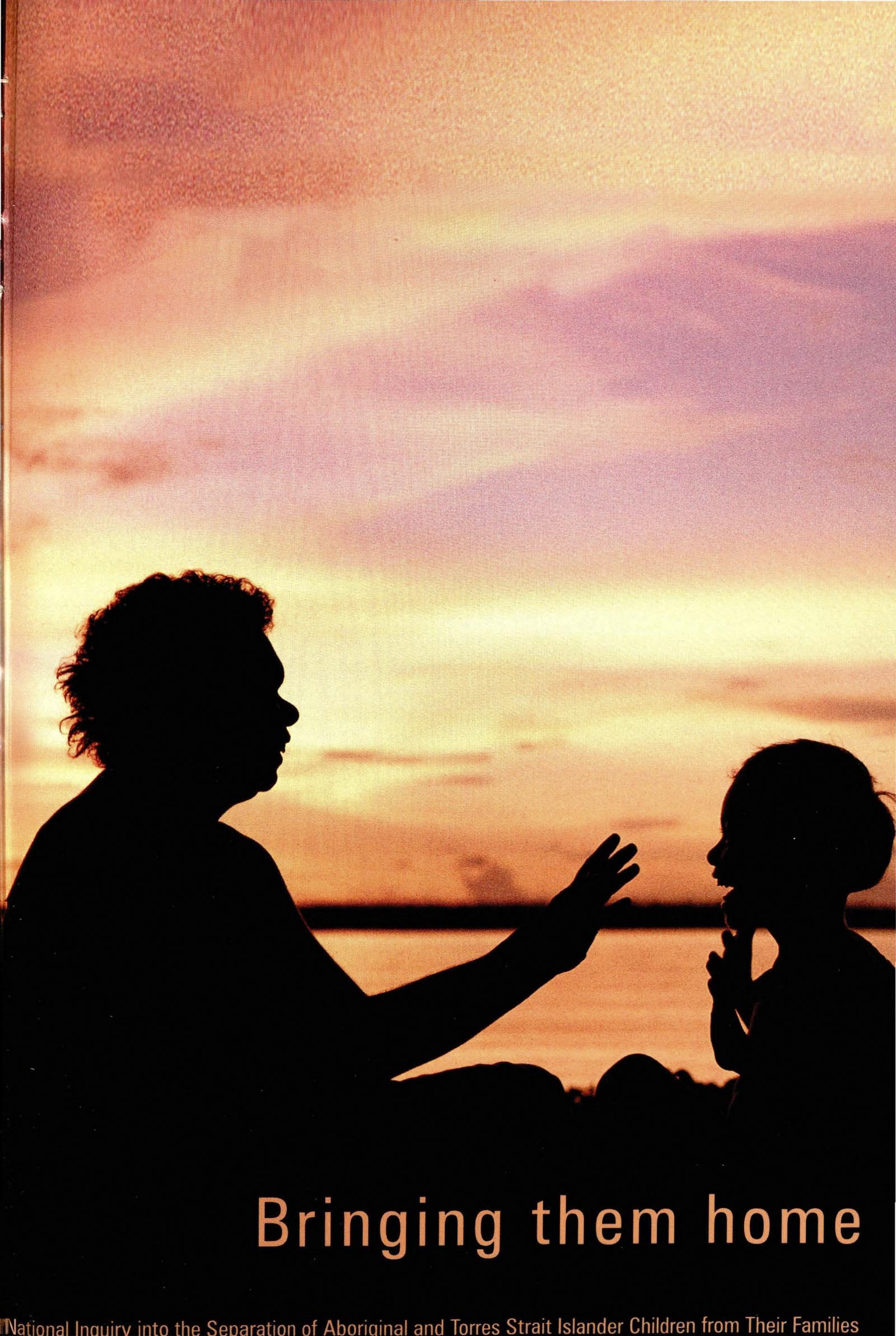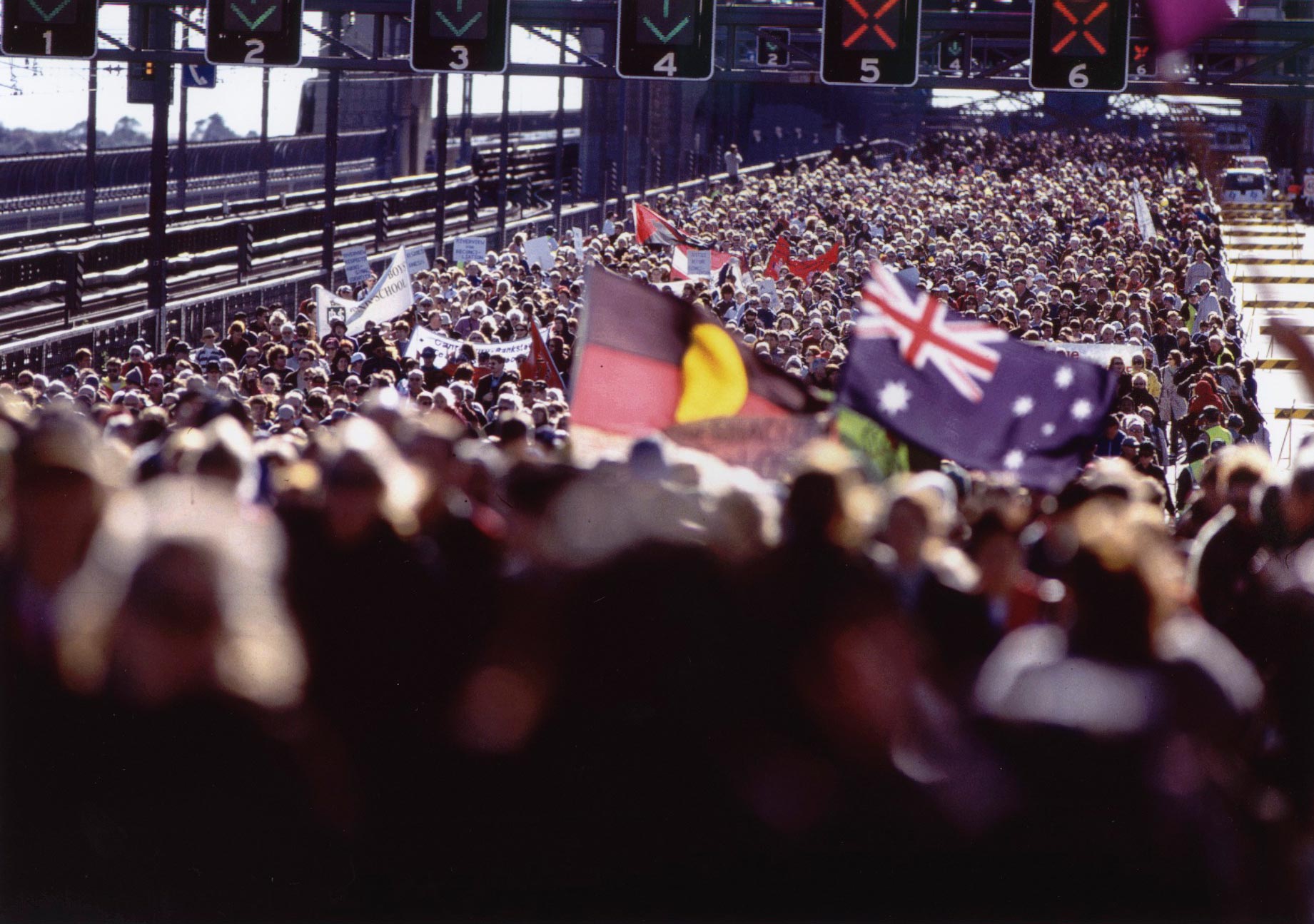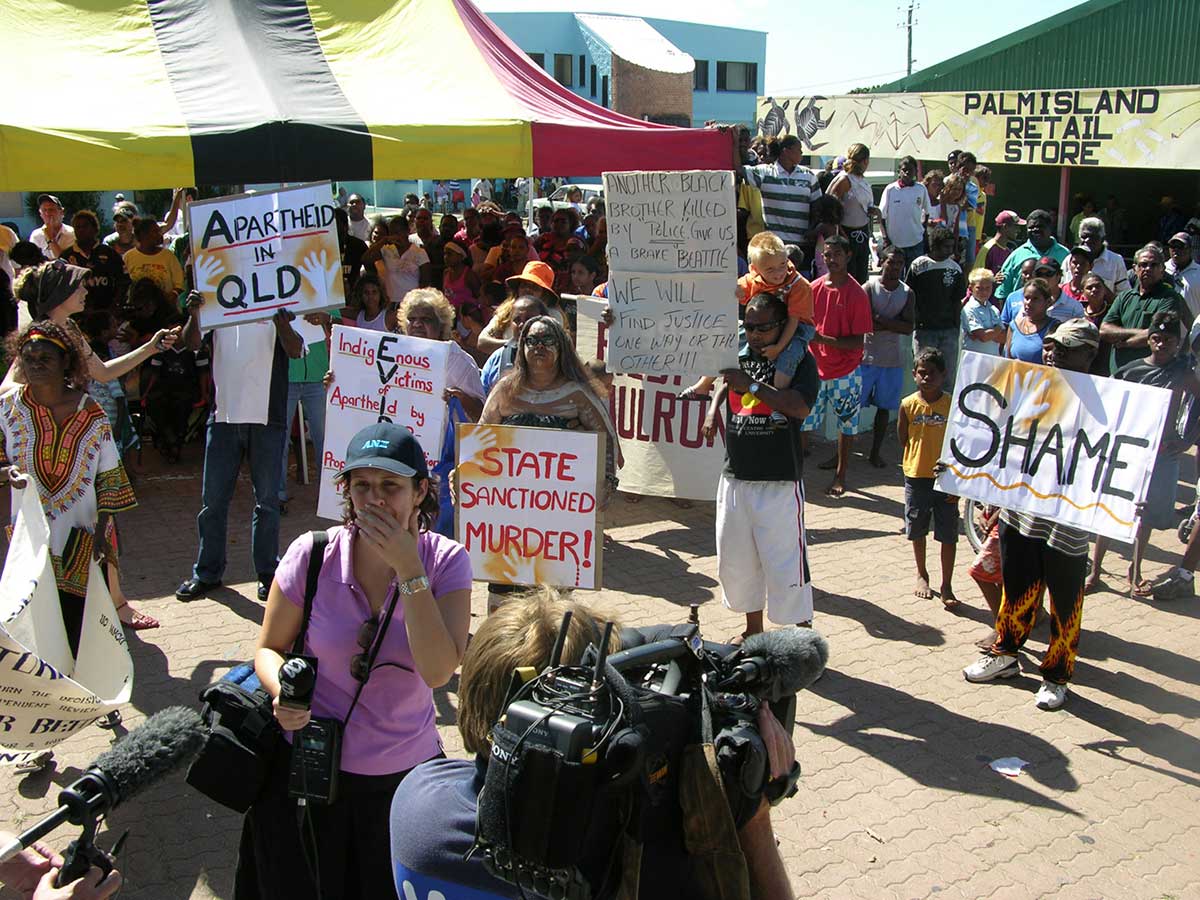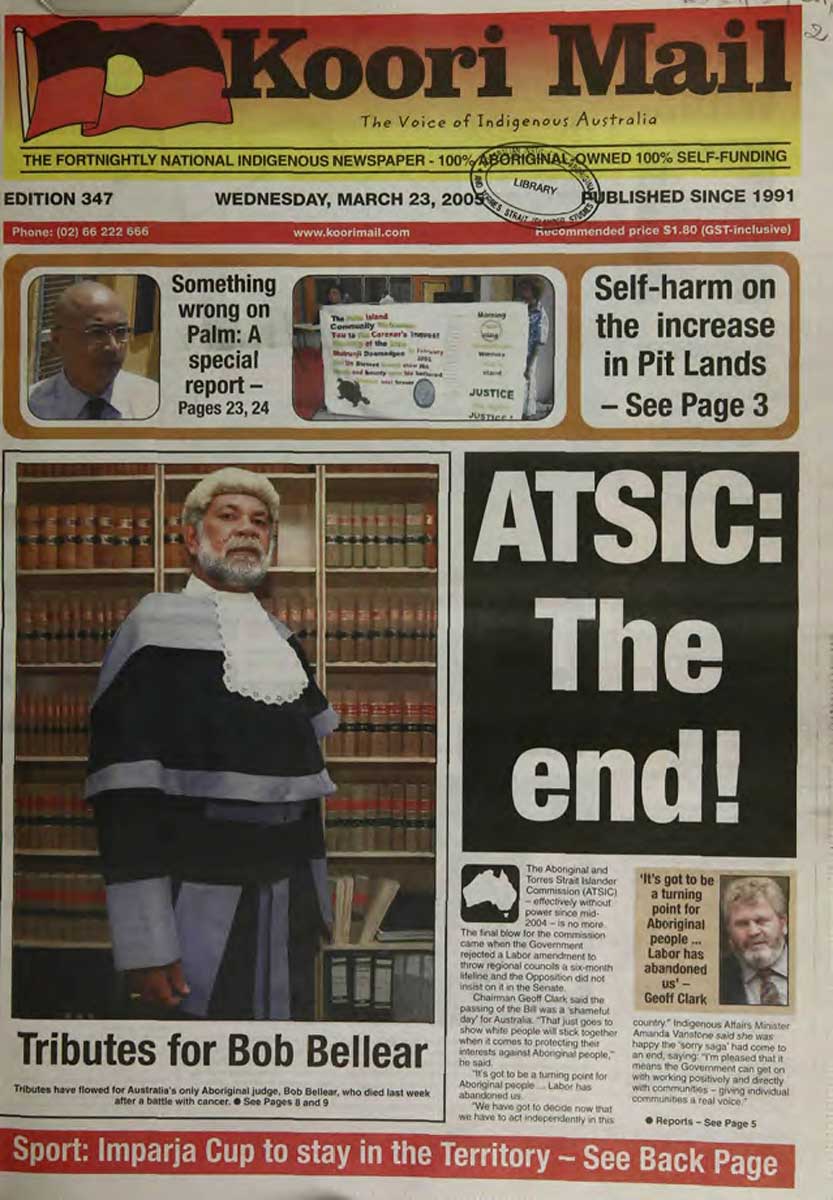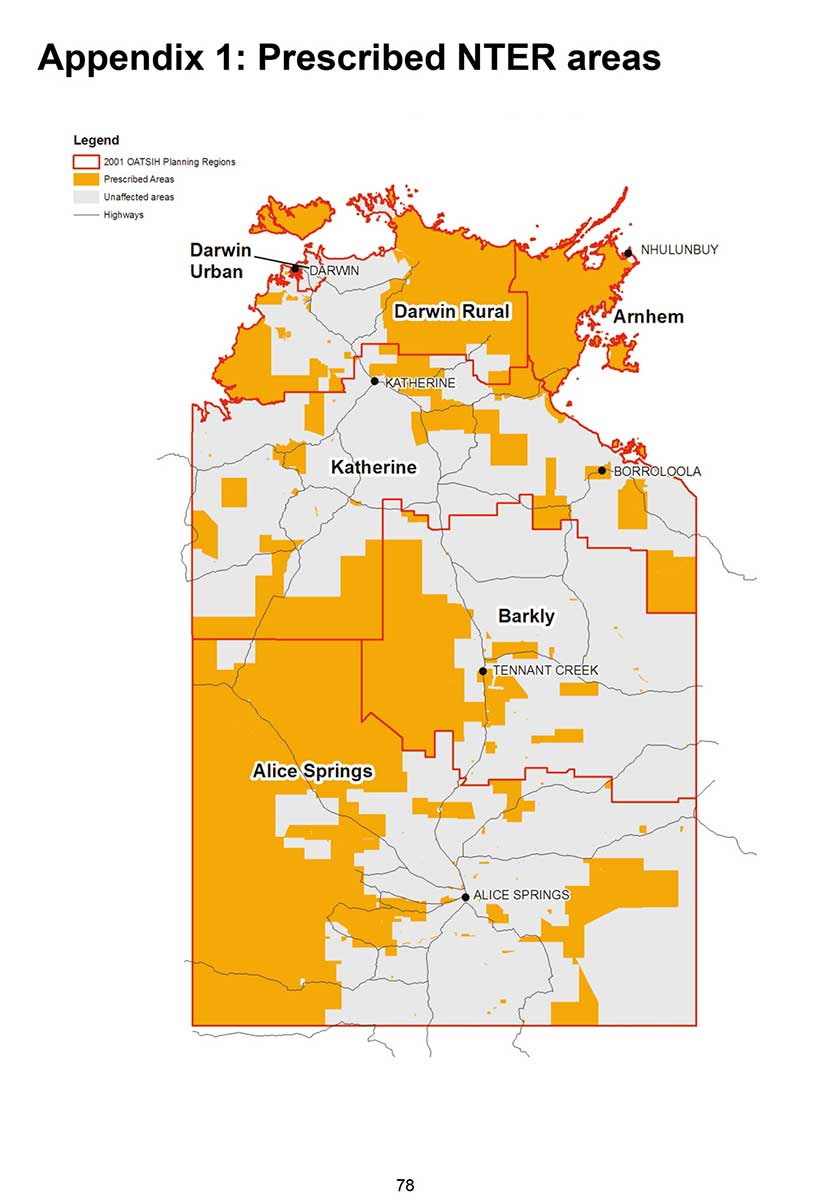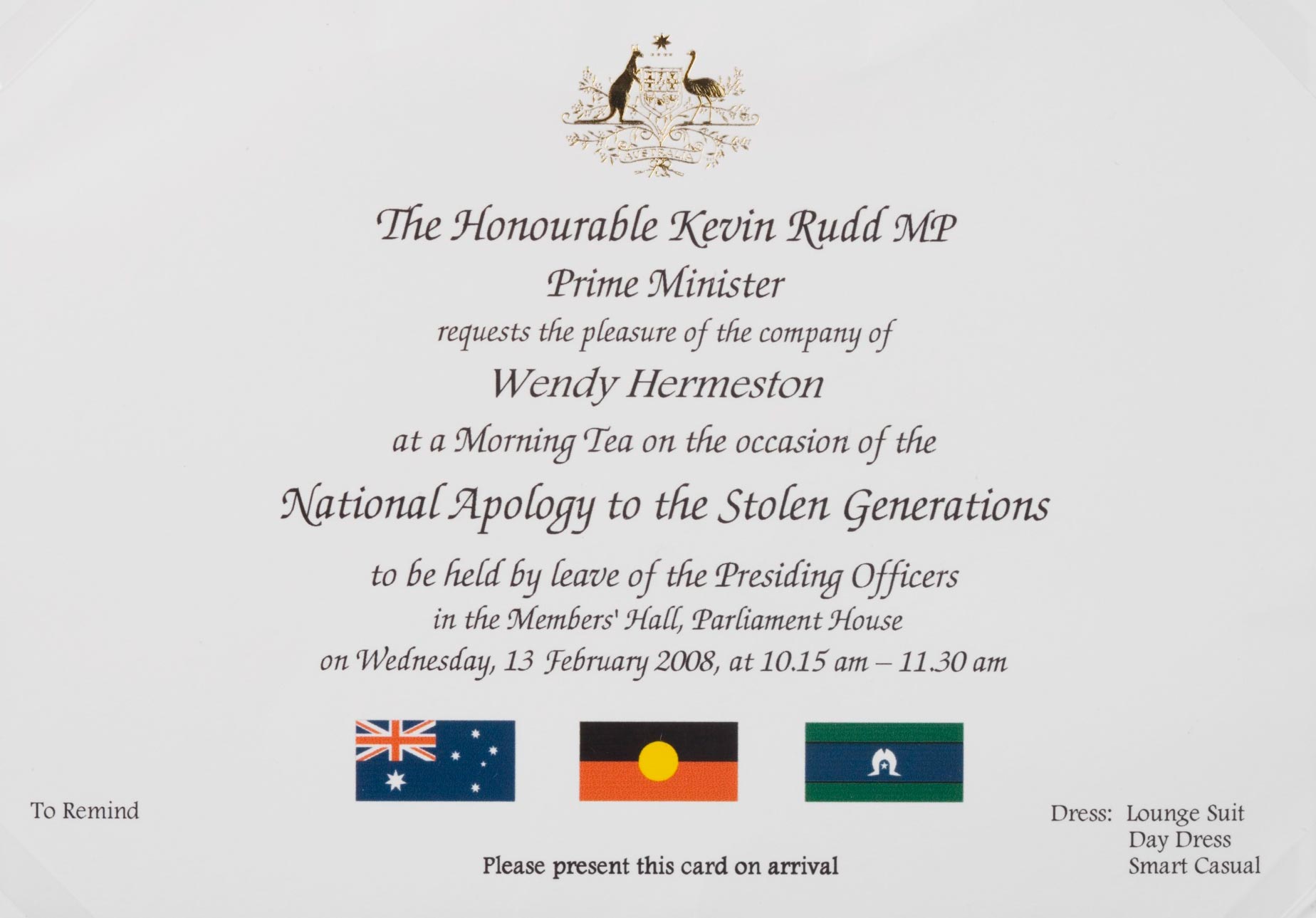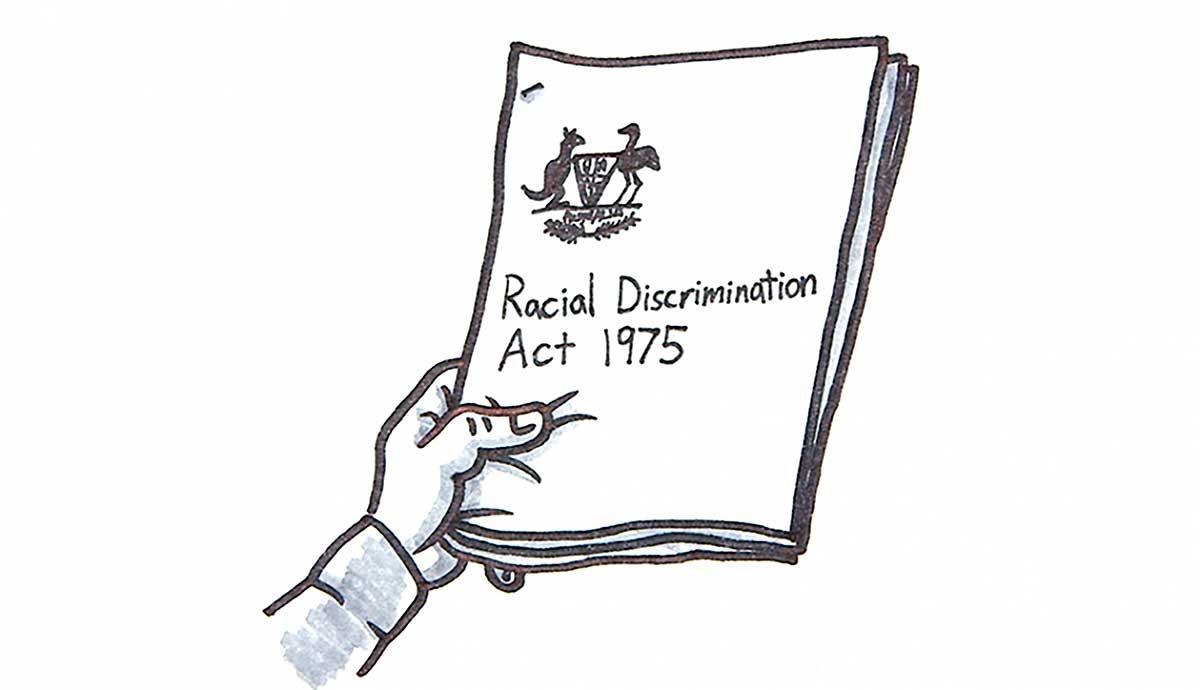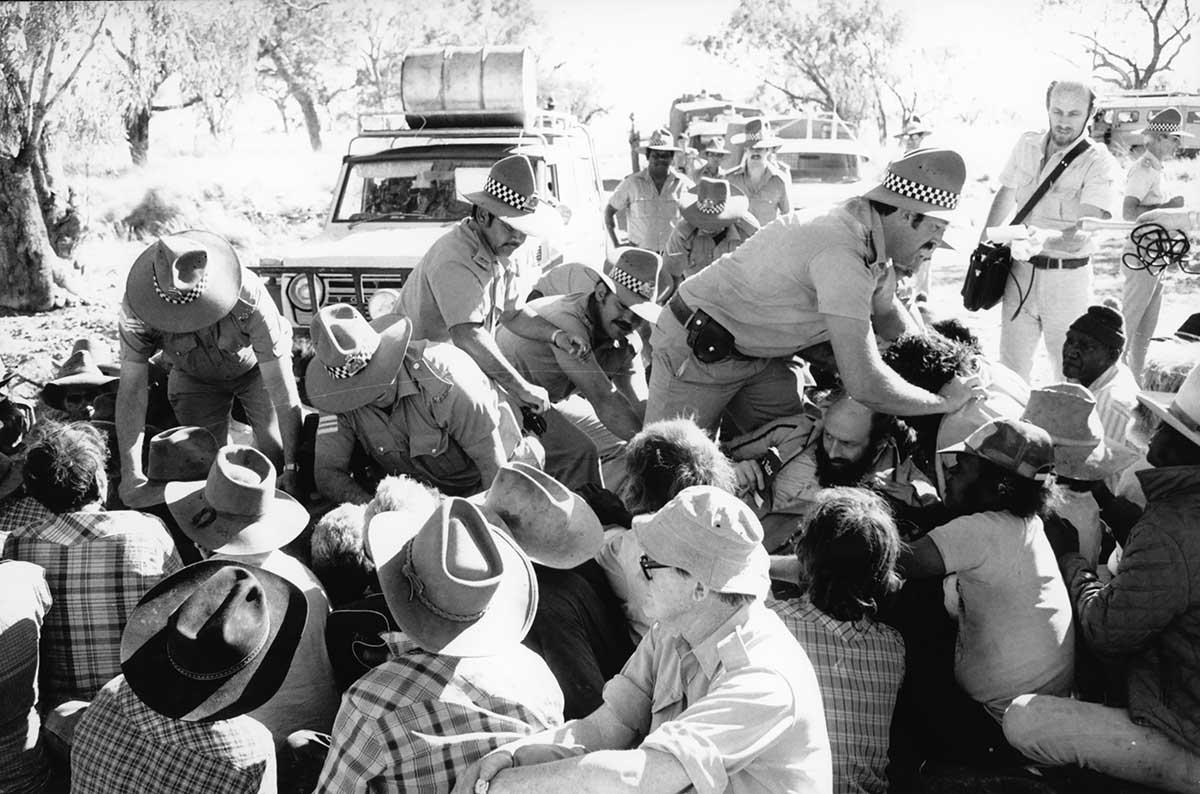Learning module:
Rights and freedoms Defining Moments, 1945–present
Investigation 1: Exploring Aboriginal and Torres Strait Islander rights through key Defining Moments
1.14 1976 Aboriginal Land Rights (Northern Territory) Act

It is 1976.
There is a growing awareness of the claims of Aboriginal people for the right to control their traditional land, much of which is leased out to non-Indigenous pastoralists.
The Australian Government has the right to pass laws in the Northern Territory.
How will it respond to growing calls for Aboriginal control of Aboriginal land?
Read the information in the Defining Moment in Australian history: 1976 Australian Government passes Aboriginal Land Rights (Northern Territory) Act and answer the questions that follow.
1. Prior to this Act, what major land rights claims had been made by Aboriginal and Torres Strait Islander people? How successful were they?
2. What did the Woodward Commission recommend?
3. What connection to the land did Aboriginal and Torres Strait Islander people have to show to be able to benefit from the Act?
4. What was the result of the Aboriginal Land Rights Act in the Northern Territory?
5. What was the significance of the Aboriginal Land Rights Act for Aboriginal and Torres Strait Islander people’s rights?
6. How would this event have influenced the development of Aboriginal and Torres Strait Islander people’s rights over time?






